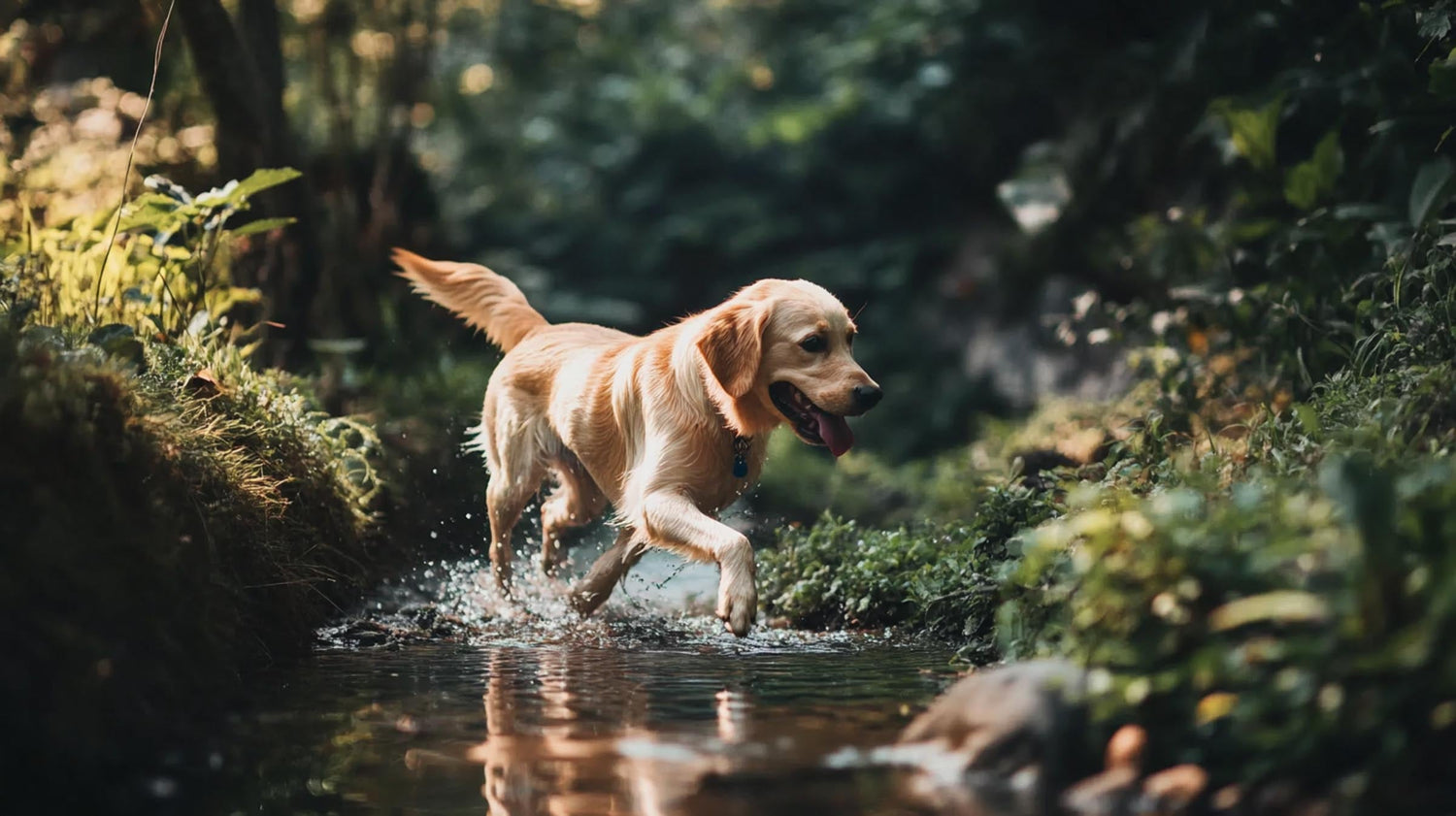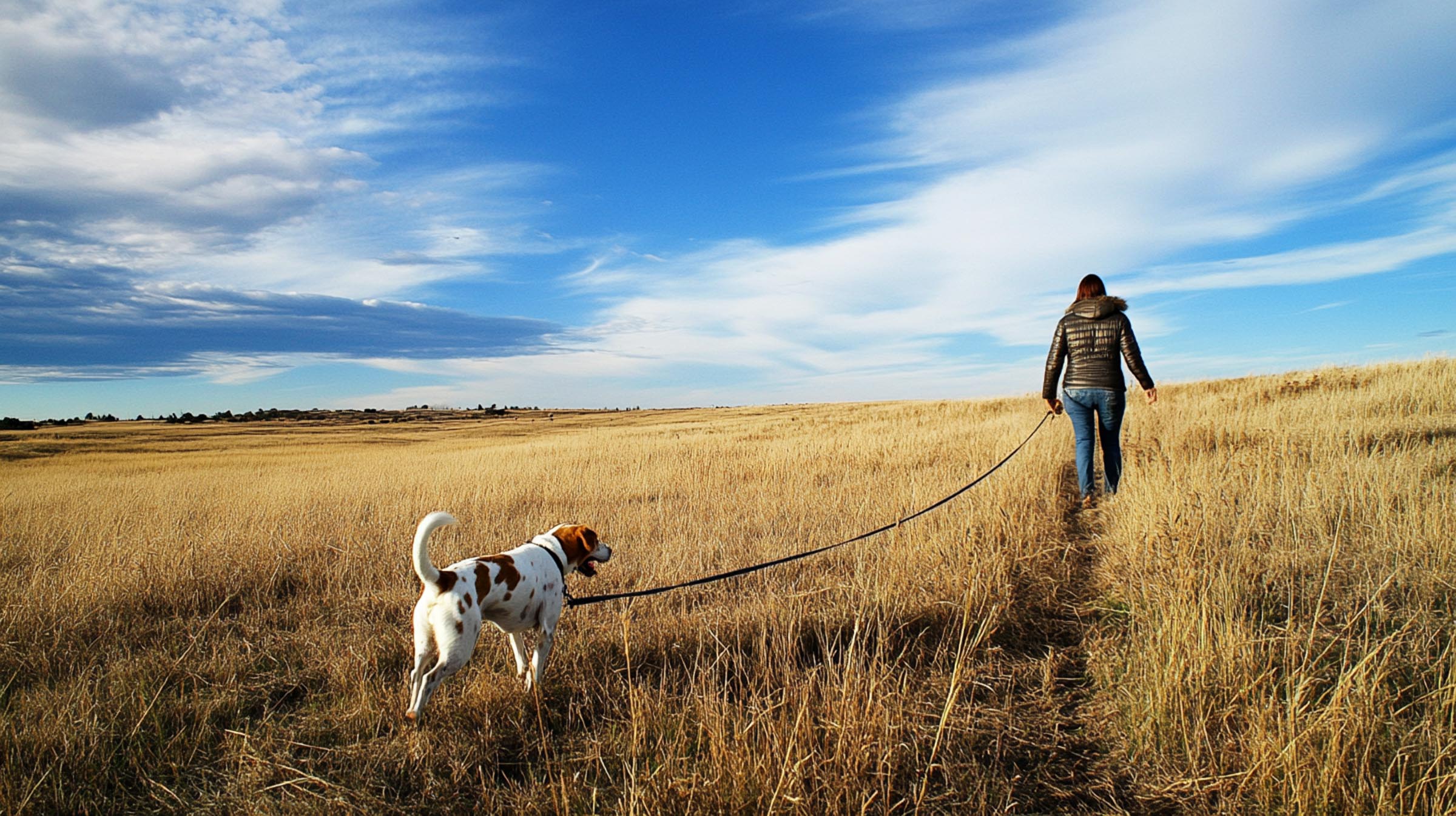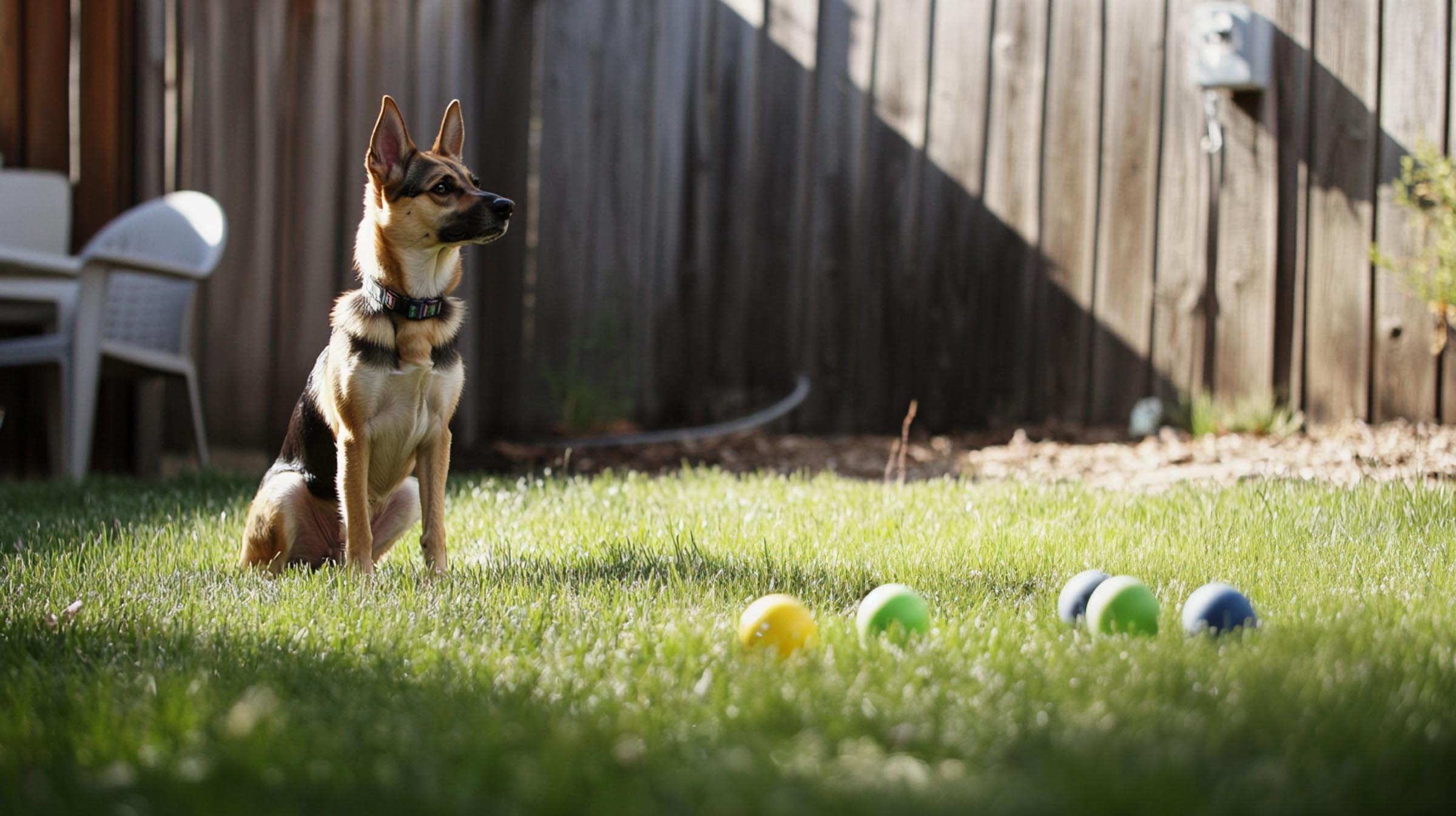Training your dog to be off leash is a highly rewarding process for both you and your dog. Off-leash freedom provides mental stimulation, physical exercise, and deepens the bond between you and your furry friend. However, ensuring your dog is safe and responsive without a leash takes time, consistency, and the right techniques. This guide walks you through every step of the process to make your off-leash training journey a success.
Summary
- Master basic obedience commands like "sit" and "come."
- Use a long leash to introduce controlled freedom.
- Choose secure, enclosed locations for early off-leash practice.
- Gradually introduce distractions to build focus.
- Focus on recall training using positive reinforcement (treats, toys).
- Keep training sessions short and engaging.
- Be patient—off-leash training can take weeks or months.
- Understand your dog’s behaviour and know their limits when off leash.
Master Basic Obedience First Before Going Off Leash

Before you can safely let your dog off leash, they need to reliably respond to basic commands like "sit," "stay," "come," and "leave it." These foundational skills ensure your dog listens to you, even when distractions arise, which is essential for their safety. Training should begin in a quiet, low-distraction environment, where your dog can focus solely on you.
- Practise basic commands in a calm environment like your home or backyard.
- Reinforce correct responses with positive rewards like treats or praise.
- Avoid moving to off-leash work until your dog responds consistently.
Tip: Test your dog’s obedience by running a "10-command test" in your chosen environment. If your dog follows at least 9 out of 10 commands, they may be ready to handle more distractions.
Learn More: How to Master Basic Obedience Before Going Off-Leash
Gradually Introduce Distractions

Training your dog in a low-distraction environment is crucial for teaching foundational commands, but real-world situations are full of distractions. Gradually introducing new stimuli helps your dog stay focused and responsive, even when faced with other dogs, wildlife, or busy surroundings.
- Begin with mild distractions like toys or a friend walking by.
- Move to moderate distractions such as other dogs in a quiet park.
- Progress to high-distraction environments like busy parks or areas with wildlife.
- Always reward your dog for staying focused and obeying commands in these settings.
Learn More: How To Introduce Distractions During Off-Leash Training
Control The Transition Using a Long Leash

A long leash helps transition your dog from on-leash control to more freedom. This tool lets your dog explore a greater distance while giving you the ability to rein them in if they become distracted or disobey commands. It is an essential step between on-leash training and full off-leash freedom.
- Start with a long leash (6-9 metres or 20-30 feet) to allow your dog controlled movement.
- Practice commands like "come" and "stay" at a distance, rewarding them for correct responses.
- Gradually increase the challenge by introducing new environments or mild distractions.
- Hold the leash loosely to prevent sudden pulls, but remain ready to reel them in if necessary.
Tip: Transition from a long leash to complete off-leash work by reducing the leash length over time. Begin by dropping the leash on the ground while still giving commands, so your dog experiences the sensation of freedom while still under your control.
Learn More: How To Use A Long Leash
Choosing the Right Location for Off-Leash Training

The environment you choose for off-leash training plays a key role in your dog’s success. Start in enclosed, safe areas where your dog can practise without the risk of running into traffic or other hazards. As your dog becomes more reliable, you can progress to open spaces, but always remain mindful of potential risks.
- Start in a secure, enclosed area like a fenced yard or dog park.
- Gradually move to quieter open spaces like nature trails or rural parks.
- Avoid areas near busy roads or unfamiliar, high-distraction environments at first.
- Ensure you are aware of any local leash laws before practising in public spaces.
Recognising When Your Dog Is Ready for Off-Leash Adventures

Determining when your dog is ready for full off-leash freedom requires careful observation of their behaviour in different environments. Your dog should consistently respond to commands like "come" and "stay" in both low and high-distraction settings before you can confidently let them off leash.
- Test your dog’s reliability by introducing increasing levels of distractions.
- Ensure your dog regularly checks in with you when exploring off leash.
- Look for signs of impulse control, such as resisting the urge to chase other animals or objects.
- Only move forward if your dog consistently responds to recall and other commands 100% of the time in varied environments.
Learn More: When Is Your Dog Ready To Be Off Leash?
Focus on Recall Commands with Positive Reinforcement

A reliable recall command is crucial to your dog’s off-leash safety. Whether they encounter another dog, wildlife, or other distractions, your dog must immediately return when called. To build this skill, use high-value rewards such as treats, toys, or praise to make returning to you a more rewarding experience than chasing distractions.
- Use a specific recall word like "come" or "here" and reward your dog immediately when they respond.
- Start recall training in low-distraction environments and progressively add more stimuli.
- Practice from increasing distances, using a long leash at first to ensure control.
- Gradually phase out treats, replacing them with praise or playtime as a reward.
Tip: Use a clicker or whistle for recall training. Both devices have a distinct, sharp sound that stands out even in busy environments, making it easier for your dog to hear and respond to the command.
Learn More: How to Train Off-Leash Recall
How Long Does It Take to Train a Dog Off Leash?
The length of time it takes to train a dog to be reliable off leash varies greatly depending on your dog’s breed, temperament, and experience with obedience. Some dogs may pick up off-leash behaviour in a matter of weeks, while others may take several months to develop full reliability.
- On average, expect to spend several weeks to a few months on off-leash training.
- Dogs with a strong prey drive or independent nature may require more time.
- Puppies or younger dogs may take longer to develop the necessary focus.
- Focus on small, gradual improvements rather than rushing the process.
Tip: Create milestones for each stage of training—such as responding to recall with mild distractions or staying focused in a park. This helps you track progress and prevents frustration during the training process.
Learn More: How Long Does It Take to Train a Dog Off Leash?
Why Dogs Run Away When Off Leash

Even well-trained dogs may run off during off-leash training due to excitement, a strong prey drive, or curiosity. Understanding why dogs run away can help you better manage these situations and prevent them from happening. Some dogs are naturally more prone to wandering, so extra attention should be given to recall training and controlling high-risk environments.
- Dogs may run away due to excitement, prey drive, or unfamiliar environments.
- Work on building strong recall skills to manage this behaviour.
- Gradually introduce off-leash time to avoid overwhelming your dog with sudden freedom.
- Avoid chasing your dog if they run away, as this can trigger a "chase" response.
Tip: Train an "emergency recall" using a special word or whistle that your dog associates with high rewards, such as their favourite treat or toy. This can be used in critical situations when your dog is about to run off.
Learn more: Why Do Dogs Run Away When Off Leash?
Keep Training Sessions Short and Fun
Dogs learn best through short, focused training sessions. Keeping your training sessions around 10-15 minutes helps maintain your dog’s attention and ensures they don’t become frustrated or distracted. Incorporating playtime into training also helps keep your dog engaged while reinforcing key commands.
- Keep sessions between 10-15 minutes to maintain focus.
- Integrate play, such as fetch or tug-of-war, to make training enjoyable.
- Always end training sessions on a positive note by rewarding your dog.
- Rotate between different training commands to keep sessions varied.
Learn More: How To Run Effective Dog Training Sessions
Understand Your Dog’s Behaviour and Limits

Not all dogs are suited for full off-leash training, and it’s important to understand your dog’s unique behaviour and limitations. Breeds with strong prey drives or independent temperaments, like Huskies or Greyhounds, may struggle more with off-leash freedom. Additionally, dogs that get easily overwhelmed or distracted in certain environments may need more time and control before they are fully off leash.
- Dogs with high prey drives may be harder to train off leash and require more supervision.
- Some dogs may never be fully suited for off-leash activities, depending on their temperament.
- Be mindful of your dog’s behaviour in different environments and adjust training accordingly.
- Recognize when your dog is overstimulated or anxious, and avoid pushing them too far.
Tip: For dogs that aren’t well-suited for off-leash activities, consider alternatives like long-line walks, agility training, or enclosed spaces where they can safely explore without the risks associated with full off-leash freedom.
Conclusion
Training your dog to be off leash requires dedication, patience, and a clear understanding of your dog’s behaviour and limits. By following a structured approach—starting with basic obedience, using a long leash, gradually introducing distractions, and maintaining consistency—you’ll foster a deeper bond with your dog while giving them the freedom to explore safely.
Though the process takes time, the joy of seeing your dog confidently roam off leash, while still responding to your commands, makes the effort worthwhile. For dogs that may not be suited to full off-leash freedom, alternatives like long-line walks or agility courses provide enriching experiences that offer a similar sense of freedom in a more controlled environment.




Leave a comment
This site is protected by hCaptcha and the hCaptcha Privacy Policy and Terms of Service apply.